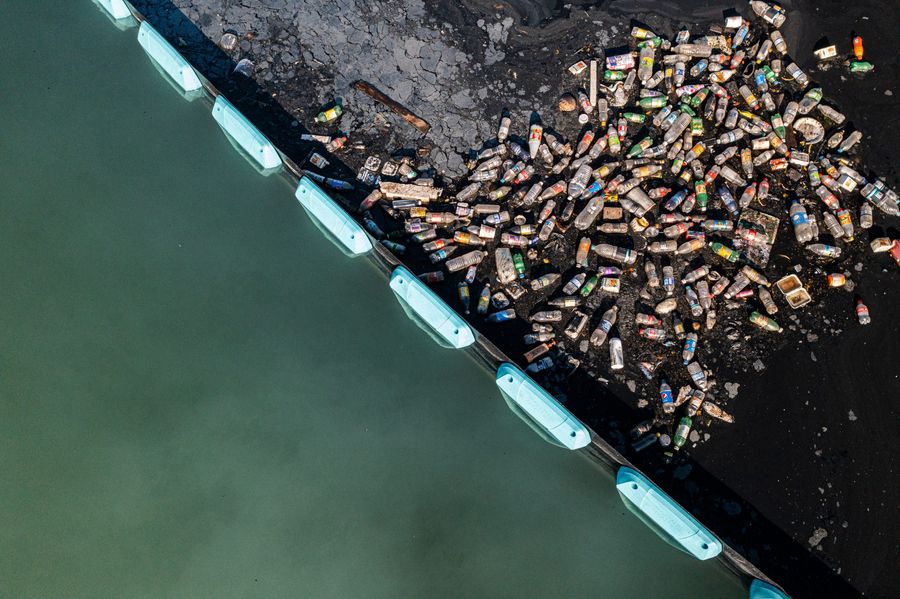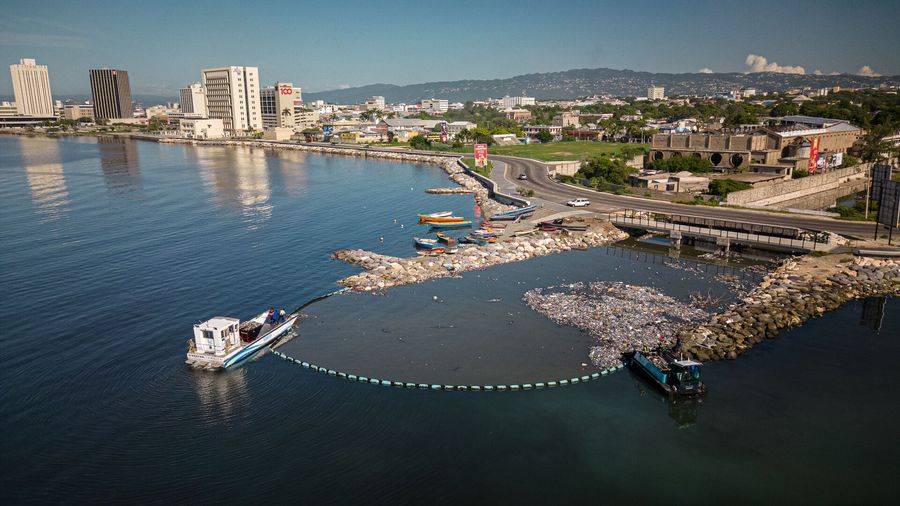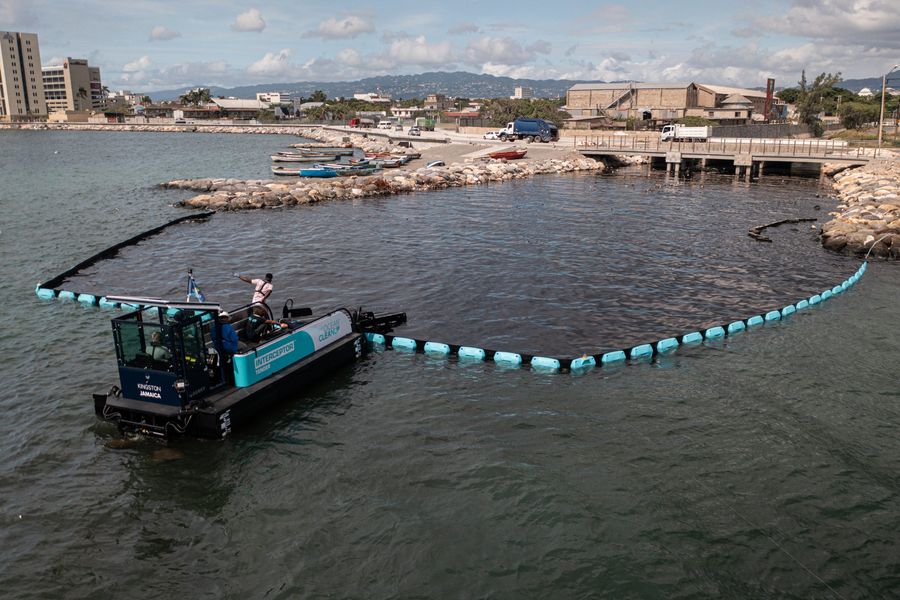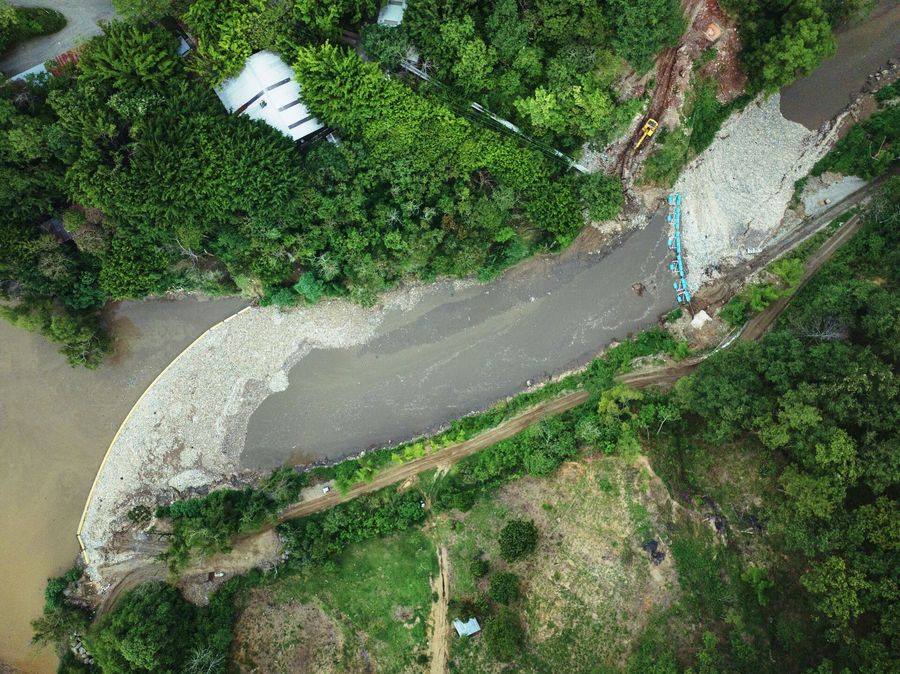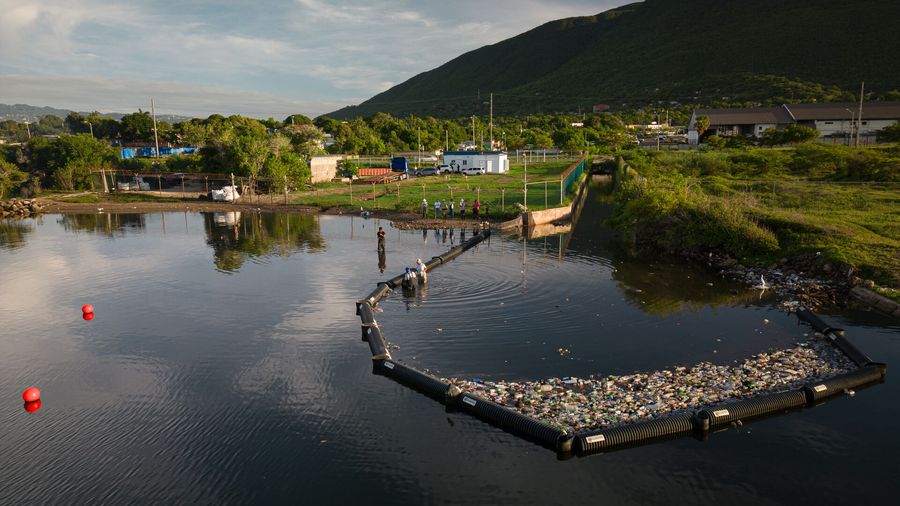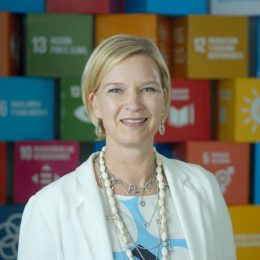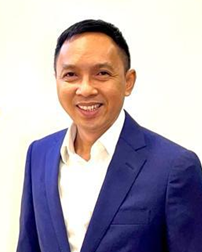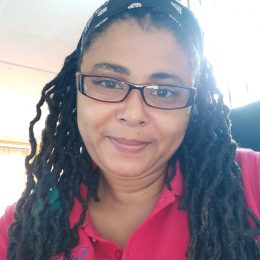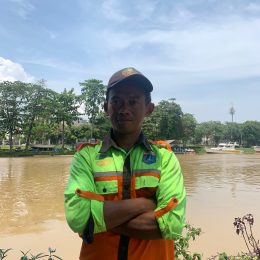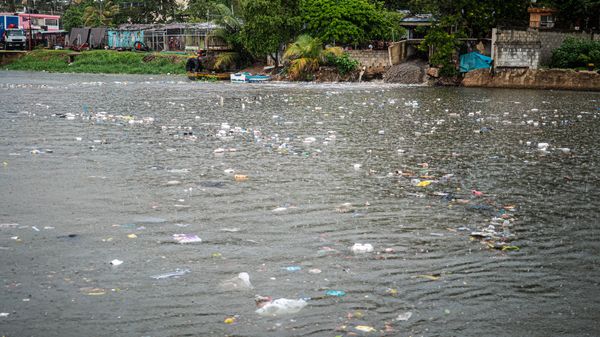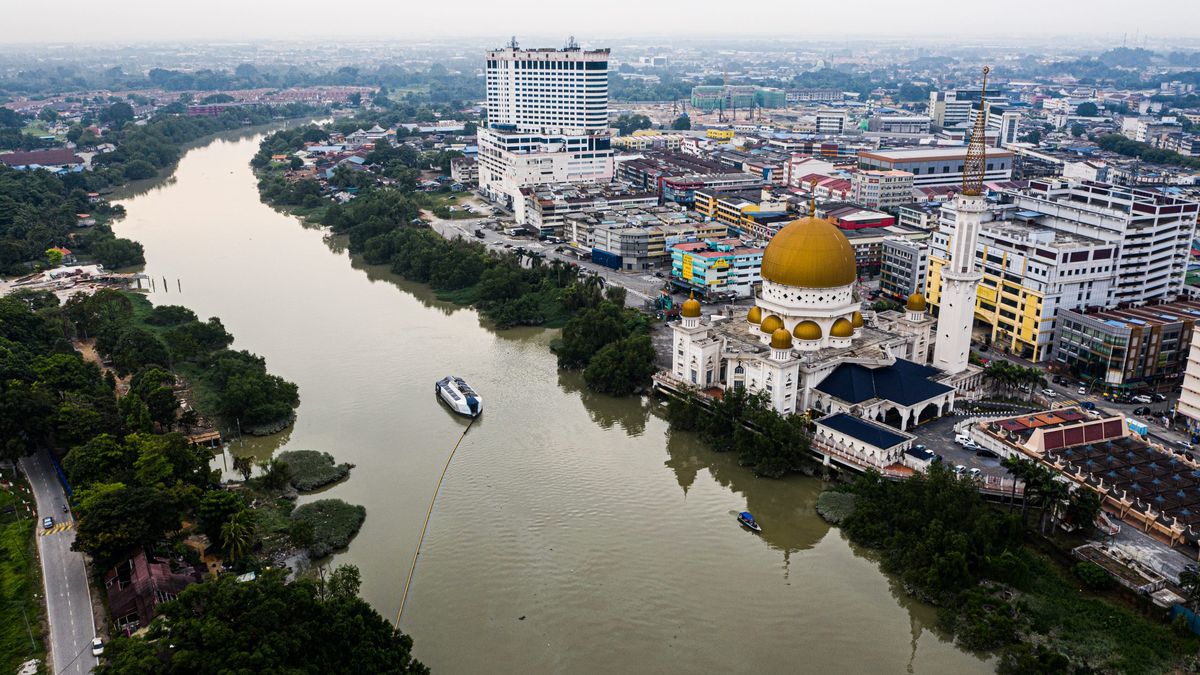
Tackling trash in rivers
80% of river plastic
stems from
1000 rivers
Rivers are the main source of ocean plastic pollution. They are the arteries that carry waste from land to the ocean. According to our research, 1000 rivers are responsible for roughly 80% of riverine pollution.
We are intercepting river plastic
To rid the oceans of plastic, we need not only to clean up what is already out there but also stop new plastic from entering the ocean. Working together with government leaders, individuals, and private corporations, our goal is to tackle the most polluting rivers all over the world.
It is estimated that marine ecosystems provide benefits of up to $50 trillion per year through their ecosystem services (Constanza et al., 2014). Plastic pollution is estimated to reduce the value of these ecosystem services by $500 to $2500 billion per year (Beaumont et al., 2019). Intercepting plastic in rivers is much more cost-effective than dealing with the consequences downstream.
Interceptor Solutions
No two rivers are the same. Factors like river width, depth, flow speed, debris composition, seasonality, and tides all have a major influence on the success of a river intervention. To tackle different types of scenarios, we have a family of technology solutions to choose from, ranging from high tech to low tech. Besides the ones listed below, we investigate the most suitable and effective ways to intercept plastic in other rivers on a case-by-case evaluation, and more solutions will be added to our portfolio.
Interceptor Original
The Interceptor Original is our first river cleanup technology. The Interceptor Original is a high-tech solution with solar-powered mechanics, smart processing, and connectivity for easy performance tracking. It is designed for series production, and in December 2020, we entered a partnership with Konecranes to begin manufacturing for more locations. Due to its autonomous and large cleaning capacity, this is the primary technology we evaluate for feasibility in any new river we plan to tackle. We currently have deployed this technology in six locations: Indonesia, Malaysia, the Dominican Republic, Vietnam, USA, and Thailand. To learn more, visit our Interceptor Original page:

Dashboard
We currently have 20 Interceptors deployed in 9 countries. Keep track of upcoming and deployed Interceptor Solutions on our dashboard.
Together we can tackle plastic in a 1000 rivers
At The Ocean Cleanup, we see ourselves as the architects of river projects to stop the inflow of plastic into the oceans. We bring the knowledge (where and how to intercept riverine plastic), provide solutions (e.g. our Interceptors), and use an extensive network to raise awareness, helping to attract funding and financing.
Given the scale and the urgency of the issue, we depend on partners who, by working closely together, can help us in reaching our goal of tackling plastic in the 1000 most polluting rivers.
-
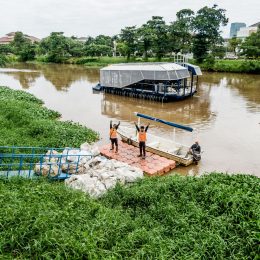
Execute
Operators
Our local partners operate the Interceptors to extract the waste from the river and bring this on shore. They work together with responsible waste handlers to sort debris and recycle plastic where possible. -
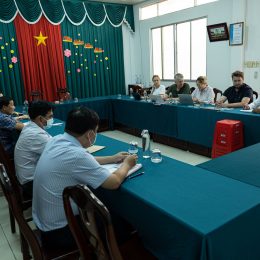
Initiate
Governments and river owners
Operators need support from (local) governments, who can provide the necessary permits to operate in rivers. Collection fees from governments and cities help safeguard continuity in waste extraction by the operators. -
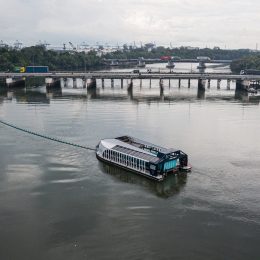
Accelerate
Funders and sponsors
Funders, sponsors, and investors make these river cleanups possible and accelerate the deployment of Interceptors. With your help, we can build consortia to clean rivers where it is most necessary.
A word from our Interceptor partners
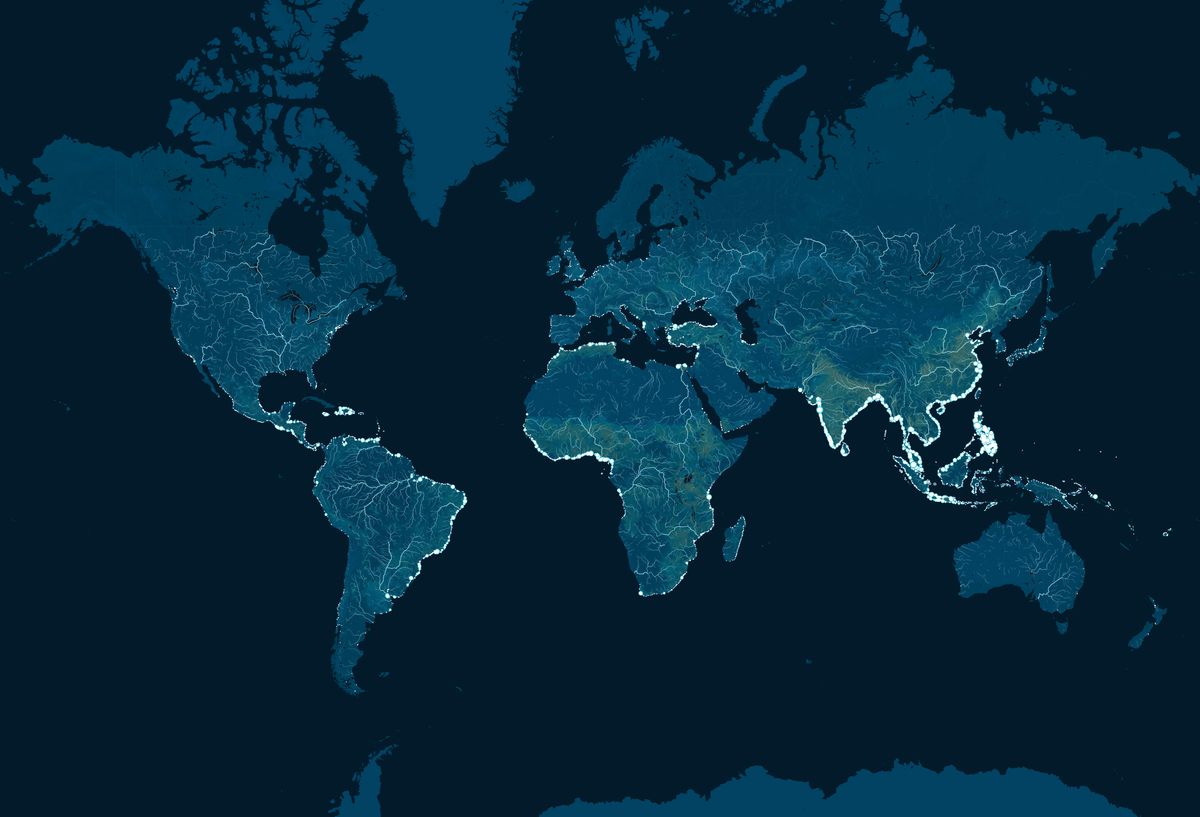
The 1000 top polluting rivers
Join us in tackling 1000 rivers – by helping to spread the message about riverine pollution and supporting our mission.


